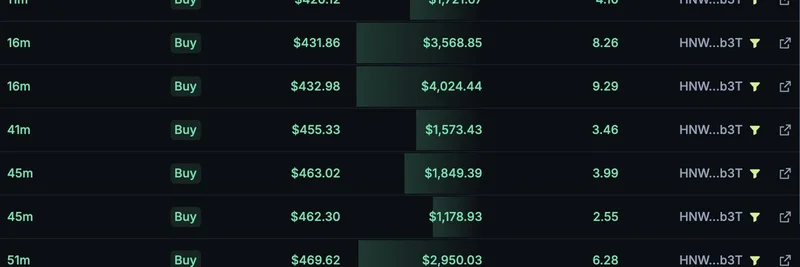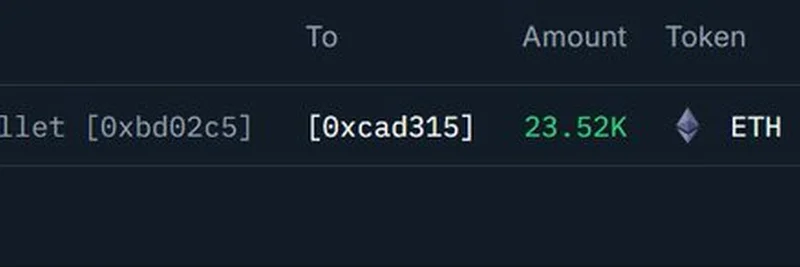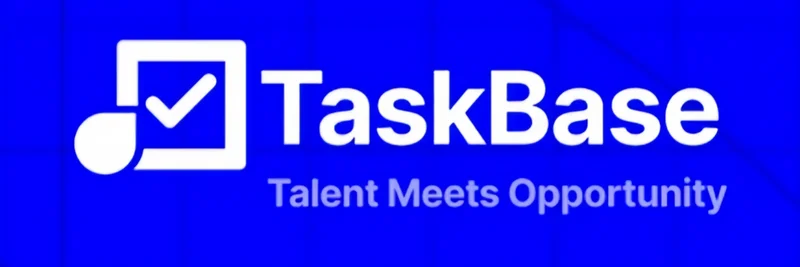If you’ve been keeping an eye on the crypto world, you might have noticed some exciting buzz around Ethereum staking lately. A recent post from BSCNews on X is turning heads, asking a big question: Is P2P Validator quietly dominating ETH staking? With a 30% jump in U.S. users and a whopping $4 billion in Ethereum (ETH) staked, the numbers are hard to ignore. Let’s break it down and see what’s driving this surge—and why it could matter to you, whether you’re a crypto newbie or a seasoned blockchain enthusiast.
What’s Behind the P2P Validator Boom?
P2P Validator, a global staking and blockchain infrastructure provider, is making waves by hitting a milestone of 1.2 million ETH staked, according to their latest update on their website. That’s over $4 billion worth of ETH locked in to support the Ethereum network! The growth isn’t just a fluke either—staking inflows have been climbing since April, with a sharp spike since June. This boom is fueled by both big institutional players and regular folks jumping into the staking game.
One big reason for the excitement? The U.S. market is booming, with a 30% increase in user signups since July. P2P is responding by opening its first U.S. office and hiring for new roles. This move shows they’re serious about tapping into the growing interest in crypto, especially as U.S. regulations become more crypto-friendly. Plus, the ongoing Ethereum bull run is giving people more confidence to stake their ETH.
Why Ethereum Staking Matters
So, what exactly is Ethereum staking? Think of it like putting your ETH to work. Instead of just holding it in your wallet, you lock it up to help secure the Ethereum network—a process called proof-of-stake (PoS). In return, you earn rewards, kind of like interest on a savings account. Since Ethereum switched to PoS in 2022 with The Merge, staking has become a key way to earn passive income while supporting the network.
P2P Validator stands out because it offers non-custodial staking. This means you keep control of your private keys and assets, which is a big deal for anyone worried about security. They also support over 50 networks, including Ethereum, TRON, and The Open Network (TON), making them a one-stop shop for staking enthusiasts.
The Numbers Don’t Lie
Let’s dig into some stats that back up this trend. Over the last 30 days, Ethereum’s total value locked (TVL) in staking hit 35.77 million ETH, showing a clear uptick in participation. P2P alone added 19,540 new validators in July, and the network saw 3 million new wallet addresses. That’s a lot of people getting involved! With validator numbers up by 2% in July, it’s clear the ecosystem is growing stronger and more decentralized.
The upcoming Pectra upgrade in 2025 is also stirring things up. This upgrade will raise validator limits, making it easier for more people to join in. P2P is already preparing, offering tools like consolidated validators and compound rewards to maximize returns—something that could give them an edge.
Expanding Horizons: TRON and TON
P2P isn’t stopping at Ethereum. They’ve expanded into other networks like TRON, where they’re now a Super Representative Validator, and TON, where they lowered the staking minimum to just 1 Toncoin. This move opens the door for everyday users who couldn’t afford the previous 10,000-300,000 token requirement. Whether you’re a small-time holder or a “whale” with big stacks, P2P has options for you.
Should You Jump In?
If you’re thinking about staking, P2P’s growth is a good sign. With APYs (annual percentage yields) ranging from 3% to 5% depending on network activity, it’s a tempting way to grow your crypto holdings. But remember, staking isn’t risk-free—your ETH is locked for a while, and rewards depend on how the network performs. Doing your homework and maybe starting small is a smart move.
For now, P2P Validator’s rise suggests they’re becoming a go-to name in the staking world. With their focus on security, accessibility, and expansion, they might just be the quiet giant BSCNews hinted at. Keep an eye on their progress—especially with that U.S. office opening—and see if it aligns with your crypto goals!
What do you think about this staking surge? Drop your thoughts in the comments, and let’s chat about how P2P Validator might shape the future of Ethereum staking!




